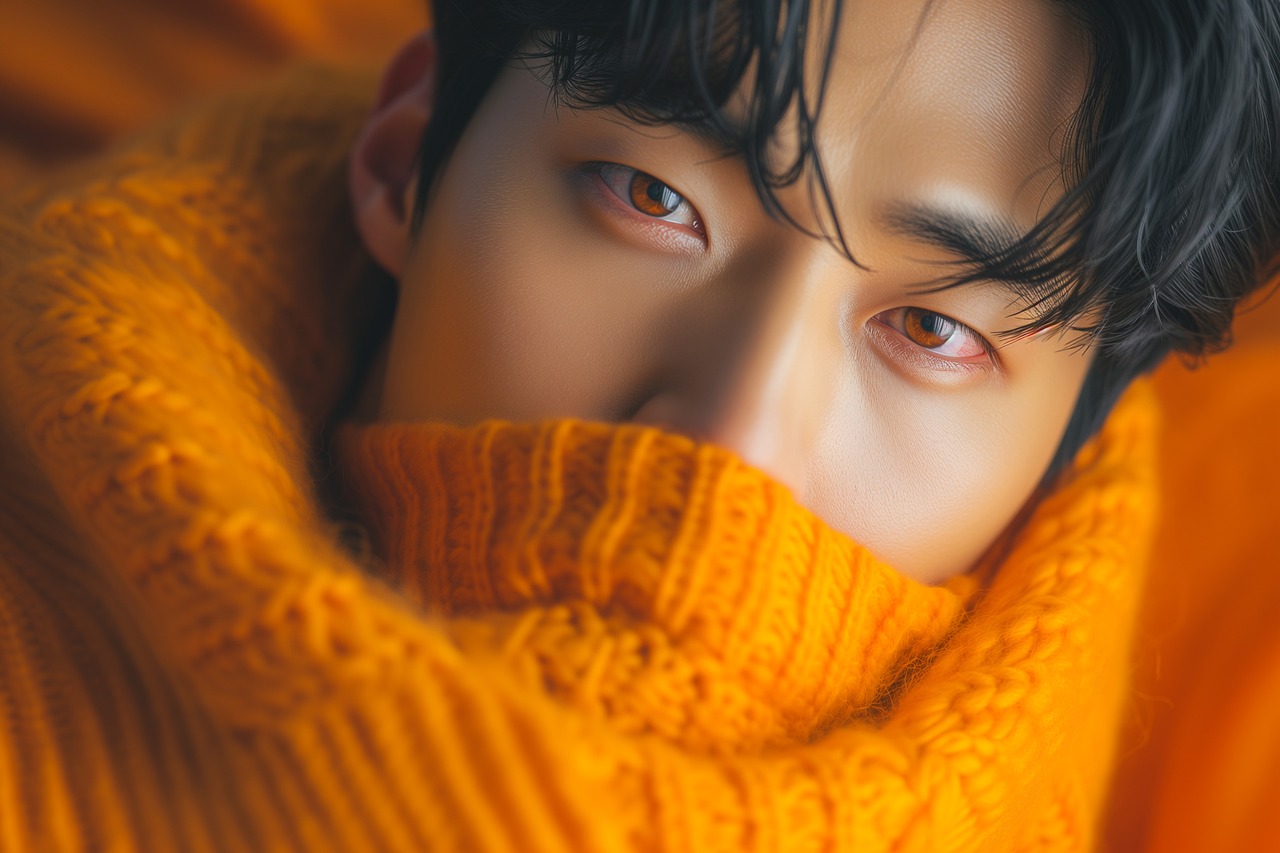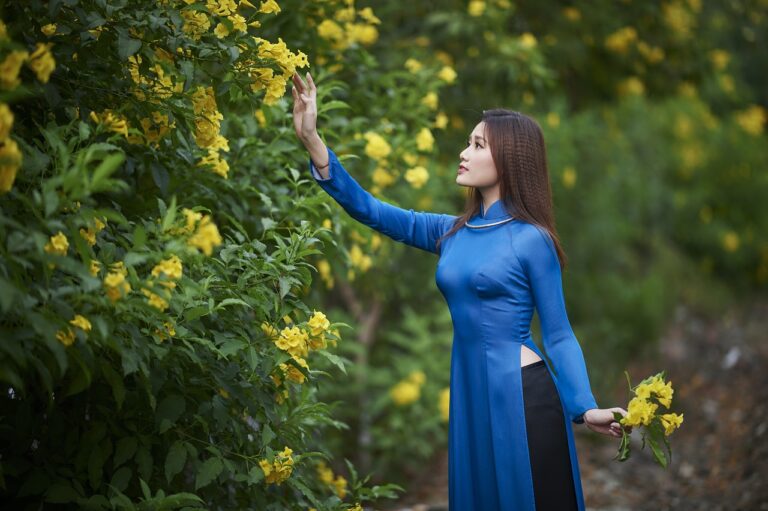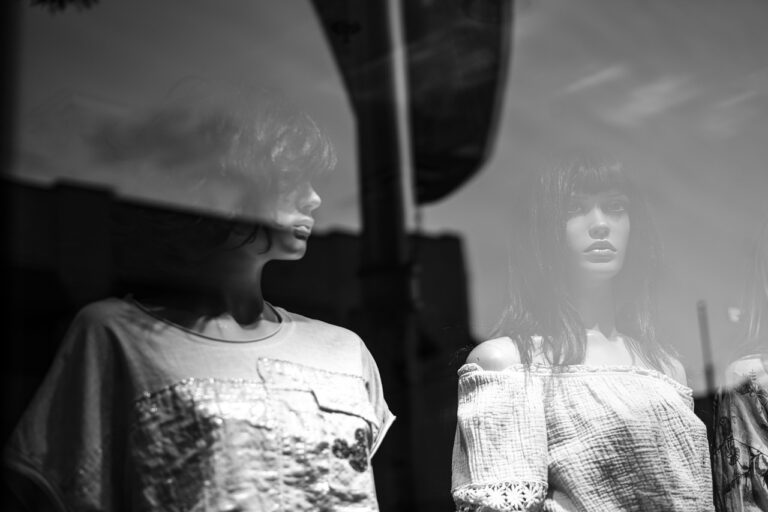Fashion and Art: Exploring the Connection Between Clothing and Creativity
Art movements have played a significant role in shaping fashion trends throughout history. From the vibrant hues of the Impressionist painters influencing pastel-colored garments to the bold, geometric shapes of the Cubist movement inspiring structured and angular silhouettes in clothing, art has always had a direct impact on the world of fashion. The avant-garde spirit of movements such as Surrealism and Dadaism has pushed designers to experiment with unconventional materials and shapes, resulting in daring and unconventional pieces that challenge traditional aesthetics.
Incorporating elements of various art movements into fashion not only allows designers to showcase their creativity and vision but also serves as a means of self-expression for individuals who wear these pieces. The fluidity between art and fashion enables individuals to convey their emotions and personality through the garments they choose to wear, blurring the lines between artistic expression and wearable art. By embracing the influences of art movements, fashion continues to evolve and adapt, reflecting the ever-changing cultural landscape of society.
The Role of Color Theory in Clothing Design
Color theory plays a crucial role in the realm of clothing design. Designers carefully select colors based on the emotions and messages they intend to convey through their garments. The use of warm tones like reds and oranges can evoke feelings of energy and passion, while cooler hues like blues and greens often create a sense of calm and tranquility.
Additionally, understanding the concept of color harmony is paramount in creating visually appealing clothing pieces. Designers often utilize color schemes such as complementary, analogous, or monochromatic to achieve a balanced and harmonious look. By employing color theory effectively, designers can elevate their creations and make a lasting impact in the world of fashion.
• Color theory plays a crucial role in clothing design
• Designers select colors based on the emotions and messages they want to convey
• Warm tones like reds and oranges evoke energy and passion
• Cooler hues like blues and greens create calmness and tranquility
• Understanding color harmony is essential for creating visually appealing clothing pieces
• Designers use color schemes such as complementary, analogous, or monochromatic for balance
Exploring the Intersection of Fashion and Performance Art
The fusion of fashion and performance art has given rise to a new wave of creativity within the artistic realm. Through the seamless integration of elements such as costumes, props, and choreography, designers and performers are able to craft visually striking narratives that captivate audiences and push boundaries. This innovative approach blurs the lines between fashion and art, resulting in captivating displays that transcend traditional definitions of both disciplines.
The dynamic nature of performance art offers fashion designers a unique platform to experiment with unconventional materials, silhouettes, and concepts. By collaborating with performers and artists, designers can explore new ways to express their creative visions and challenge societal norms. This intersection of fashion and performance art not only fuels inspiration and innovation within the industry but also showcases the transformative power of self-expression through clothing and movement.
How do art movements influence fashion trends?
Art movements such as surrealism, pop art, and minimalism have all had a significant impact on fashion trends, inspiring designers to incorporate elements of these movements into their collections.
How does color theory play a role in clothing design?
Color theory is essential in clothing design as different colors evoke different emotions and convey different messages. Designers use color theory to create harmonious color palettes that complement their designs.
What is the intersection of fashion and performance art?
The intersection of fashion and performance art refers to the merging of fashion and art in a live performance setting. This can include fashion shows that incorporate elements of performance art or collaborations between fashion designers and performance artists.
How can artists and designers collaborate in the realm of fashion and performance art?
Artists and designers can collaborate by creating interactive installations, runway shows, or performances that blur the lines between fashion and art. This collaboration can result in innovative and boundary-pushing work that challenges traditional notions of both fashion and art.







